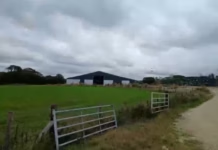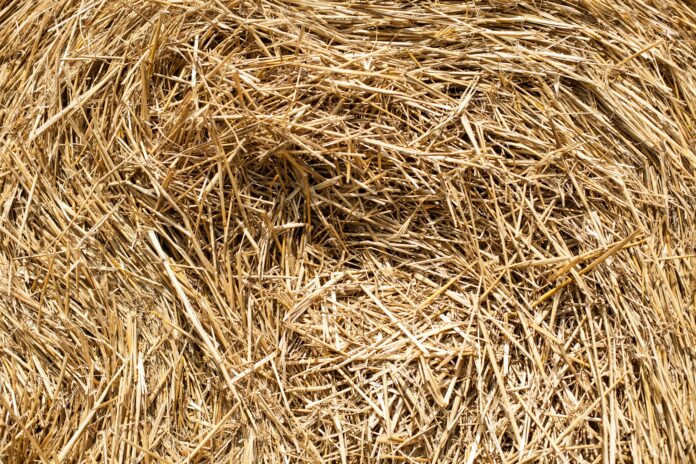Hay is a superhero when it comes to your rabbits, guinea pigs and small pet’s diet. Hay helps keep your pet’s digestive system healthy, providing lots of fibre, which keeps everything moving.
It also serves as a workout for their teeth; since rabbits’ and guinea pigs’ teeth never stop growing, chewing on long fibres (hay) keeps them maintained. Plus, hay also helps keep your pets entertained! Just like you love playing games, your pets love searching for and munching on hay, which keeps them healthy and happy.
Let’s take a look at why the process of making hay is so important:
High Quality Hay vs. Low
When it comes to your loving pets, you want to take the best care of them to ensure they live a long and happy life. Just like healthy humans, we like eating fresh nutritious food.
Here’s what the experts at HayDay have to say:
“We’ve been growing a range of crops on our farm in Yorkshire for many years. Over the last 10 years we have become experts in hay products”
“It’s important for us to do things properly, including looking after the whole process! We look after it all: from growing the grass to packing your orders, right here on our farm”
“We also use renewable energy to barn dry our hay, guaranteeing perfect quality hay every time, all year round”
Why You Should Avoid Low-Quality Hay
The team go on to explain that they also work closely with an in-house nutritionist, in order to grow the perfect hay for your pets.
High quality hay is packed with all the good stuff, such as fibre and protein to help support dental and digestive health.
So, you may be wondering how hay is made and the methods involved of producing the best quality? Let’s take a look.
The Hay Making Process!
Here is a quick rundown from the experts that ensures the best premium, barn dried hay available.
Growing and Mowing
The journey of hay starts with growing specialised grass mixes – because yes, hay is grass before it’s dried! When the grass reaches its peak, typically during the summer months of May to August, it is then mowed.
Baling
This process can come before or after the drying process, depending on preference. The hay is then baled into super large bales and brought back to the farm.
The Drying Process
Typically, after mowing, the grass is then left for a few days to dry under the sun. As farmers, you can’t always rely on the British weather: so this process is sometimes substituted for barn drying facilities.
Putting it in Boxes
Hay is then re-packed into smaller, convenient boxes and ready for your pets to enjoy. This type of packaging too helps to keep it fresh!
Conclusion
From the field and directly to your pets, hay goes through a lot to be the best forage for your fur-friends. Expert farmers help ensure it’s safe, clean, and full of all the good nutrients they need. Remember, it’s super important to choose the best hay for your small pets as it makes up a huge portion of their diet!

| [donate]
| Help keep news FREE for our readersSupporting your local community newspaper/online news outlet is crucial now more than ever. If you believe in independent journalism,then consider making a valuable contribution by making a one-time or monthly donation. We operate in rural areas where providing unbiased news can be challenging. |

















